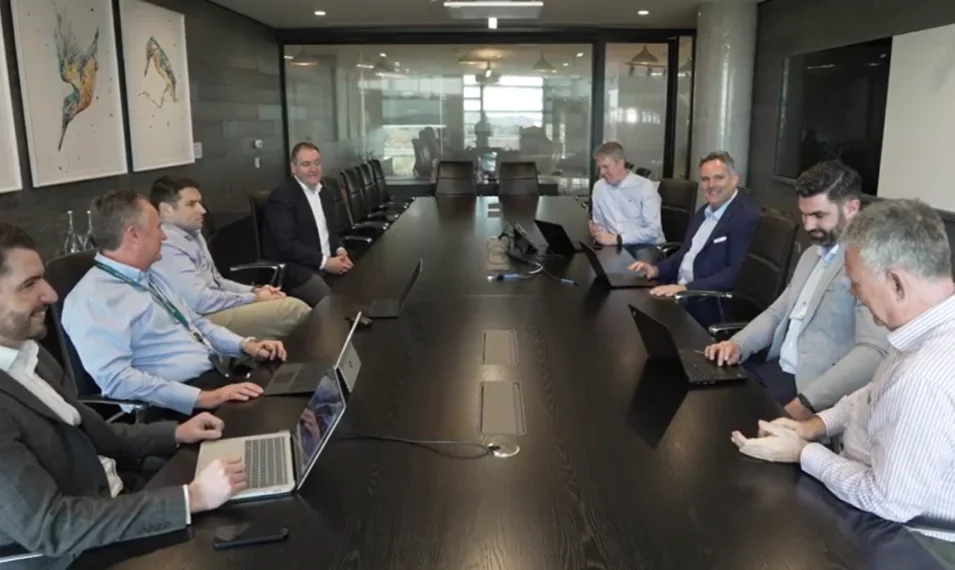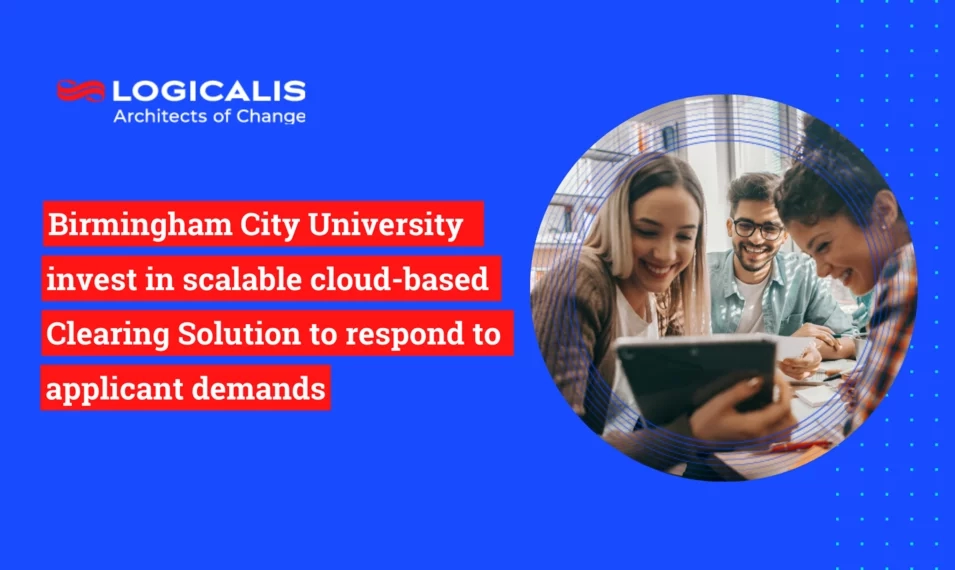, Jun 15, 2015
How EY is harnessing data analytics to help build a better working world
Richard Turner explains how analytics helps deliver the insights which enables leaders to make informed data based decisions. Richard Turner has over 25 years’ experience in analytics and is currently EY’s Analytics Leader in Global Markets, Strategy and Analysis. In this interview Fanni Vig, Chief Operating Officer of Trovus, asks Richard, based on his long standing career in analytics, to discuss the role of the analytics in making better business decisions.
Click here to download the PDF version of this expert interview.
When Ernst & Young updated its brand name to EY in 2013, it also introduced its overarching purpose: Building a better working world. With this in mind, EY’s Global Director of Analytics, Richard Turner and his team are employing data analytics, not just to determine where and how EY invests but also how best to develop and improve the business.
In the following interview, Fanni Vig, Chief Operating Officer of Trovus discusses with Richard his role and how data is helping to deliver the insights and recommendations that are enabling EY’s senior leaders to make informed decisions, better than ever before.
A little background
Fanni: How did you arrive in your current role?
Richard: Perhaps through good fortune rather than a long term career plan! When I completed my degree in Engineering Economics and Management, I wanted to apply my skills to solving analytically based business problems. I happened to chance on a data analyst role and, as a consequence, have had a long career in data analytics spanning over 25 years. When I first started working, the word ‘analytics’ did not even exist and organisations had little or no capability to analyse their data. The start of my career coincided with the rapid increase in capability of PCs which enabled analysts to interactively analyse data and present their results.
I began in the finance and banking sector, where I developed consumer and business credit scoring models to help banks, finance companies and retailers estimate lending risk. This was one of the first major business applications of analytics. Developing models were time consuming and required that I solve my own problems (there weren’t any case studies, internet courses or textbooks).
After many years in the Banking and Finance sector, the application of analytics to Strategy was a new challenge to me. It was a great decision to move to a different application of analytics.
Fanni: Tell us about the application of analytics to strategic decisions.
Richard: Analytics can be used to inform strategic choices across the organisation, such as understanding where and how to invest resources to grow the business.
A key component is to understand the market opportunity and how this is distributed across accounts, geographies and sectors.
Fanni: What is the role of the analyst in supporting strategic decisions?
Richard: The strategic analyst’s role is to act as an internal consulting unit to create insight and provide recommendations that enable senior leaders within the organisation to make informed decisions. Strategic analysis requires an analysis of internal and external data in order to understand the organisation’s position in the market and develop points of view to help identify opportunities on which decisions can be made.
The process of analysis
Fanni: Can you provide insight on how you identify and select the right problems to analyse?
Richard: You need to ask the right questions! The primary driver of any analysis is to accurately capture business issues that the organisation faces and ask intelligent questions. I hope to tell a client something that they do not already know, so I always look for the unexpected.
Fanni: How do you ensure that your output from analysis is not only informative but also useful?
Richard: Even when initiating a project, it is important to consider the required output and the report or decision. Drafting the design of the final report is often a good approach - however, you always need to let the data drive the analysis and conclusions. ‘Torturing data’ can provide ‘false confessions’.
The best data analysts put themselves into the shoes of the business user. Often, the perspectives of the user and data analyst are very different, so the key is to look at the problem in different ways.
The challenges faced when providing insight
Fanni: What are the challenges of delivering useful insight to the business?
Richard: The biggest issue is the incompleteness of data. Perfect data does not exist and it is always necessary to model based on assumptions. Making the best assumptions only comes with understanding the business problem you are modelling.
Often the challenge is working with the desire for certainty. It is important to get the balance between building useful models and knowing the limitations of the model. For example, providing the estimate of a market size also requires an estimate of its likely accuracy. Strategic Analytics is rarely an exact science.
The second key challenge, is communicating simple messages to address complex problems. Unless you can simply communicate the message, it will not be understood or actioned. Given the fact that the business problems are complex, they often require sophisticated analytics solutions. Therefore, it is important to present a headline conclusion but provide detailed supporting analysis and evidence where required.
Proactive versus reactive
Fanni: Would you say you work in a reactionary manner or a proactive and strategic way?
Richard: It is important to keep focused on the strategic agenda. The role of a Strategy Analyst is not to be responsible on operational reporting but focus on providing forward looking insight. There is always a requirement to consider what external events impact the business; for example, the political, economic and social environments.
The importance of an ‘agile’ approach to analysis
Fanni: Do you use ‘agile’ forms of development such as the use of increasingly popular dashboards?
Richard: I try to adopt a more ‘agile’ approach to analysis as opposed to more traditional ‘waterfall’ methods. I also like to ask what insight can be shown using the data we already have available. Delivering results and understanding whether we can help address a problem is very important.
Within traditional IT projects, it is possible to specify the overall scope of the project and identify what you want to achieve with a degree of certainty. This is not the case with analytics; it is essential to recognise this difference and have the flexibility to adjust plans accordingly.
Behaviour and cultural change
Fanni: Do you have any examples where insight has generated both behaviour and cultural change?
Richard: There has definitely been a change in the use of analytics to inform decisions. Data’s wide availability and the capability to bring together information from different sources has resulted in data being analysed and consumed in new and different ways.
For example, historically when presenting forecasts, we might predict that we expect the value of revenues to increase by 10% (Say). This has a limited value if there is no understanding of the confidence behind this prediction. By changing this prediction to ‘we have a 95% certainty that revenues will increase between 5-15%’ people will provide a better sense of the accuracy of the predictions and therefore the implications or risk surrounding the information will reduce.
The process of generating multiple; scenarios, outcomes, options and strategic choices enables the business to understand the factors which impact a decision.
For example, optimisation techniques can be used for decision making through understanding the effect of constraints to the solution. If by making a small change to constraints changes the optimal solution, how stable is the result? You can also examine at decision trade-offs by using ‘multiple’ goal objectives. This involves looking at the sensitivity of goals and the resulting decisions. For example, what is the trade-off between margin and revenue in an optimisation solution? If the last 1% of revenue costs’ 10% in margin, would you choose to maximise revenue? Using analytics to understand the trade-offs when considering different business options will continue to increase.
If we are to increase the flexibility of analytics, we also need to enhance our ability to visualise and communicate the messages. Businesses are demanding interactive dashboards with intelligent visualisations and embedded statistical algorithms. This is to aid sophisticated companies to continue to integrate statistical modelling tools with their visualisation capabilities.
Fanni: Do you approach your problems with your team of other stakeholders?
Richard: I tend to first contemplate the issue and develop a viewpoint. I then review with the team to get their perspective. When I present the output to the client, I try to simplify the conclusions so that it is easier to digest. I try to explain the output not the process and most importantly highlight the benefits. This is not as easy as it sounds. Analysts like to explain the sophistication of their solution, whereas the business leader primarily wants to understand the benefits and the validity of the analysis.














